“Nani?!” Japanese Anime Phrases You’ll Hear In Every Show
“Nani?!” Japanese anime can actually help you learn Japanese?!
You bet! No need to be as shocked as this Good Boy:
While Japanese anime isn’t the most realistic dialogue to learn from, it can still be immensely helpful as you work to level up your skills. Especially if you love it!
Because if your love of anime is why you’re learning Japanese, then you’ll enjoy Japanese more if you use it as a resource in your studies.
Of course, you can’t master Japanese from passively watching TV, and you’ll still need other amazing Japanese resources. But it’s a good place to start!
So, today, we’ll dive into some common anime phrases you’ll hear in almost every show you watch. See how many you can pick out next time you turn on Netflix or Crunchyroll!
Table of contents
- What Does Nani Mean in Japanese?
- How to Write Nani in Japanese
- Anime Greetings and Common Phrases
- Must-Know Anime Phrases
- Senpai in Japanese
- Tasukete
- Daijoubu
- Itadakimasu
- Ganbatte!
- Suki and Daisuki
- Onaka ga suita
- Urusai!
- Shinjirarenai and Uso!
- Baka
- Sugoi
- Iyada
- Chigau
- Mochiron
- Shou ga nai
- Yokatta
- Kawaii and Kakkoii
- Chotto matte kudasai
- Tadaima and Okaeri nasai
- Bonus Anime Phrases
- How to Learn Japanese by Watching Anime
- The Intermediate and Advanced Approach
- You Won’t Be Asking Nani?! in Japanese Anymore!
Let’s start with the absolute most heard and most meme’d:
What Does Nani Mean in Japanese?
Nani’s meaning in Japanese is “what”, and it’s one of the most common Japanese question words.
You’ve definitely heard nani in Japanese anime, where the character shockingly and dramatically states, “Nani?!”
It’s usually used like “Huh?” or “Ehhhhh??” rather than a serious question.
But even if you don’t watch anime, you’ve probably seen the nani Japanese meme before. Omae wa mou shindeiru. Nani?! (“You are already dead. What?!”) in Japanese became a huge meme thanks to this old school anime, Hokuto no Ken
How to Write Nani in Japanese
Nani written in Japanese hiragana is なに, nani, or なん, nan. And nani in Japanese kanji is 何.
You use なに when you want to emphasize “what”, such as using the word on its own or when followed by a noun. For example, 何があったの? (nani ga atta no), which means “What happened?”
You use なん when followed by a particle that starts with t, d, or n, such as 何で? (nan de), “Why?”
Anime Greetings and Common Phrases
These greetings aren’t just for your dramatic anime hero! You’ll hear these all the time while watching your favorite shows, and they’re essential for starting to speak Japanese.
Want to learn more beginner phrases? Check out this article full of common Japanese phrases.
- Good morning: おはようございます, ohayou gozaimasu, or おはよう, ohayou
- Hello/Good afternoon: こんにちは, konnichiwa
- Good evening: こんばんは, konbanwa
- Good night: おやすみなさい, oyasumi nasai, or おやすみ, oyasumi
- Hello when on the phone: もしもし, moshi moshi
- Thank you: ありがとうございます, arigatou gozaimasu, or ありがとう, arigatou
- You’re welcome: どういたしまして, dou itashimashite, or もんだいもない, mondai mo nai (“no problem”)
- I see/Is that so: そうか, sou ka, or そうですね, sou desu ne
- Yes: はい, hai, or うん, un
- No: いいえ, iie, or ううん, uun
- I’m sorry: ごめんなさい, gomen nasai, or ごめんね, gomen ne
- Please: ください, kudasai, or お願いします, onegai shimasu
- Goodbye/See you later: またね, mata ne, or じゃあね, jaa ne
Must-Know Anime Phrases
Now let’s dive into some helpful anime phrases every otaku should know. Some of these are used often in everyday life (albeit, less dramatically), while others are much more common in anime than everyday speech. Keep that in mind!
Senpai in Japanese
せんぱい (senpai, kanji: 先輩) means “upperclassman”. So in a school drama, a senpai is someone in the grade above the speaker.
But senpai can also mean anyone who’s older than you, has higher status than you (like in the workplace), or whom you look up to.
Like senpai, you’ll also often hear お兄ちゃん (oniichan) and お姉ちゃん (oneechan). They mean “older brother” and “older sister”. But sometimes younger characters say this when talking to someone older whom they admire, look up to, and have a close relationship with.
The “o” is honorific, so sometimes it’s dropped in casual situations, becoming niichan and neechan.
Tasukete
助けて (tasukete) means “help” in Japanese. You’ll often hear people crying to be rescued in anime like “Tasuketeeeeeeeee!”
Daijoubu
大丈夫 (daijoubu) means “okay” or “alright”. It can be a question or a statement and is used in many different situations.
If you raise the intonation at the end or add the formal ending ですか (desu ka), it becomes 大丈夫? / 大丈夫ですか, daijoubu? / daijoubu desu ka. This means, “Are you alright?” or “Is it okay (for me to do, etc.)?”
In response, you can say はい, hai, meaning “yes” or state 大丈夫 to mean “I’m alright” or “it’s okay.”
Itadakimasu
いただきます (itadakimasu) means “Let’s eat” or “Bon appetit”. It’s said before meals to show appreciation for the food, the chef, and those eating with you.
After you’re done eating, you’ll hear ごちそうさまでした (gochisousama deshita) which means “thank you for this meal.”
Ganbatte!
頑張って (ganbatte) means “Good luck” or “Do your best!” It’s an encouraging phrase to say to someone before they tackle something tough, like a hard exam.
You’ll hear other variations of it too, like 頑張ろう (ganbarou), which means “let’s do our best.”
Suki and Daisuki
You can’t watch anime without hearing this one! 好き (suki) and 大好き (daisuki) mean “like” and “love”.
In Japanese culture, they don’t normally say “I love you” like in Western culture. So while 愛してる (aishiteru) is often translated as “I love you”, you won’t hear it often.
Instead, you’ll hear anime characters (and people in real life) use suki and daisuki instead.
If a character tells another character simply “Suki” or “Daisuki da yo”, they’re confessing their feelings and saying “I like you” or “I love you”.
Pro tip: A rookie mistake is to pronounce suki as “sue-key”. Instead, the Japanese “smoosh” this sound together to sound more like “ski”. The same is true for the verb desu, where the final “u” sound gets nearly dropped so it sounds like “des” instead of “de-sue”.
Onaka ga suita
お腹が空いた (onaka ga suita) means “I’m hungry” and you’ll often hear characters whine about this.
Sometimes you’ll hear 喉が乾いた, nodo ga kawaita, which means “I’m thirsty”.
Onaka ga suita literally means “My stomach became empty”, while nodo ga kawaita means “My throat became dry.”
Urusai!
うるさい (urusai) can be used a few different ways. It means “noisy” or “annoying”, but it can also be used to tell someone “Shut up!” or “Be quiet!”
Shinjirarenai and Uso!
Both of these phrases are used in a similar way. 信じられない (shinjirarenai) can mean “incredible!” or “I don’t believe it!”
うそ, uso, means “you lie!” or “no way!”
Baka
You probably know this one — ばか (baka) means “idiot” or “stupid” in Japanese.
While “idiot” isn’t super strong in English, it’s basically a bad word in Japanese, so keep that in mind.
Sugoi
You’ll hear this one all. the. time. in Japanese. すごい (sugoi) means “amazing”, but sometimes based on context, it means something like “oh” or “wow.”
See, in Japanese, people often reply to show they’re listening while you’re talking. And then do that by saying things like un, un, un or sugoi… even if what they just heard isn’t actually “amazing.”
Other times, it’s an exclamation like “Sugoi!!” In this case, you’ll also hear the more masculine form すげー, suge-.
Iyada
いやだ (iyada) means “no way” or “I refuse”. You’ll hear this one a lot in a childish way in anime, where the character says “いやだいやだ!” (iyada iyada!) repeatedly.
Chigau
違う (chigau) means “wrong”, “differ”, “disagree”, or “to be mistaken”. In anime, it normally means “You’re wrong!” or “That’s not it at all!” Like iyada, it’s often repeated by the character, especially when in denial: chigau chigau!
Mochiron
もちろん (mochiron) means “of course” or “certainly”. You’ll hear this often to confirm a request or agree with a statement.
Sometimes you’ll also hear りょうかい (ryoukai) meaning “roger!” Characters will often reply with this when they’re agreeing to do something for someone else, especially someone above them in status.
Shou ga nai
しょうがない (shou ga nai) means “It can’t be helped.” It’s a casual expression used when something bad happens, and the character tries to shrug it off.
Yokatta
よかった-! Yokatta is something you’ll hear often in anime as the character exclaims happily. But it has several uses.
Yokatta means “I’m glad” when replying to someone’s good news. But it’s often used in the same way we say “Yay!” or “PHEW! What a relief” in English.
You’ll also hear the phrases やったー! (yatta-!) or よし! (yoshi!, pronounced “yosh”) used in a similar way. But it means “I did it!” or “We did it!” It still has the tone of happiness or relief though.
Kawaii and Kakkoii
かわいい (kawaii) is one of the most common Japanese words to hear in anime and about anime. It means “cute” in Japanese.
かっこいい (kakkoii) is “cool” in Japanese, but it can also mean “handsome” or “attractive.” It’s often used to describe guys that the main heroine finds attractive.
Chotto matte kudasai
A polite expression, ちょっと待ってください (chotto matte kudasai) means “please wait a minute/moment.” It’s a very common expression in everyday life in Japan, as well as anime.
You’ll hear several different variations depending on politeness, such as:
- ちょっと待って, chotte matte: “Wait!” or “Wait up!” (casual)
- 少々お待ちください, shoushou omachi kudasai: “Please wait a little bit” (very formal)
- 少しお待ちください, sukoshi omachi kudasai: “Please wait a moment” (very formal)
Tadaima and Okaeri nasai
ただいま (tadaima) means “I’m home” in Japanese. You’ll hear characters say this when they arrive back at their house after school or work.
In return, the family replies お帰り (okaeri) or more formal, お帰りなさい (okaeri nasai). It means “welcome back.”
There are also phrases for when you leave your house, too.
You say 行ってきます (ittekimasu) to mean “I’m going (and coming back)” or “I’ll be back later, see you”. The people staying reply, 行ってらっしゃい (itterasshai). It means “please go and come back” but it’s more like “Have a good day!” or “Be careful!”
Bonus Anime Phrases
Here are even more common anime phrases that you may hear. For example, Sailor Moon often says “Yurusenai! to her enemies before her infamous slogan: 月に代わってお仕置きよ! (Tsuki ni kawatte oshioki yo!)
- “It’s too much of a bother”: めんどくさい, mendokusai
- “What the heck?” or “What in the world?”: なんてことだ, nante koto da
- “I can’t forgive you!”: 許せない, yurusenai
- “You’re the worst!”: さいていだよ!, saitei da yo!
- “Shit”, “Dammit” or “Blast!”: しまった, shimatta
- “Shit!”: くそ!, kuso!
- “It’s useless”: 無理だ, muri da
- “Stop!”: やめて, yamete (more feminine), or やめろ, yamero (more masculine)
- “Let’s go”: 行こう, ikou, 行くぞ, iku zo, 行くぜ, iku ze
- “I won’t lose”: 負けないよ, makenai yo
How to Learn Japanese by Watching Anime
Okay, so you’ve learned all these words to help you prepare to watch anime. Now what? How can you start learning Japanese while watching your favorite shows?
Well, there are several things to keep in mind first.
#1: Anime speech tends to have a lot of made-up words, slang, unrealistic tone, and more casual speech than in real life.
As long as you’re aware of this, you should be fine. But don’t use words you don’t understand — sometimes they’re made up or rude.
#2: It’s easiest to learn from anime once you’ve built a solid foundation in Japanese.
Of course, beginners can and should enjoy Japanese anime. But you’ll get a lot more out of it and be able to distinguish speech patterns easier if you’re around an intermediate level.
So if you’re serious about using this as a study tool, you may get frustrated as a beginner. But don’t worry! There are ways to learn no matter your level.
The Beginner Approach
Step 1: Do some research on your anime before you start watching. Learn vocab or grammar related to the plot, learn character names and relationships, and where it takes place. If you’re watching a high school drama, learn vocab related to school.
Step 2: Watch the anime the whole way through with subtitles. Get a feel for the episode and themes.
Step 3: Watch the episode in shorter clips without subtitles or with Japanese subtitles (if available). See how many words you learned pop up, and write down words you catch and don’t know to look up later.
Step 4: Add your new vocab to your flashcard app for review later, and practice making a sentence or two with some of the new words and grammar you learned. Look online for help if you need.
Step 5: Repeat, repeat, repeat. Keep going until it becomes easier and your vocab grows!
The Intermediate and Advanced Approach
Step 1: Turn on Japanese subtitles. Watch the show through, and take note of any words and phrases you don’t know. Can you read all the subtitles?
Step 2: Look up any of the words you didn’t know, and add them to your flashcard app to practice. If possible, download the subtitles and read through them to pick out as much as possible.
Step 3: Watch the episode again without subtitles, either in clips (ideal) or all the way through. For best practice, try shadowing along with the characters by reading the subtitles out loud. Can you mimic the inflections?
Step 4: Take what you learned and write 2 – 3 sentences with the new grammar and vocab, or a short paragraph summarizing the episode in your own words. Read it out loud.
Step 5: Repeat until you can watch the show comfortably without subtitles!
You Won’t Be Asking Nani?! in Japanese Anymore!
Use these phrases and tips to get you started, and go explore the world of Japanese anime!
Even if your goal isn’t to reach fluency, understanding some of the phrases can add a lot more enjoyment to your binge session.
Want to level up your Japanese even more? Check out these great articles to keep learning Japanese:

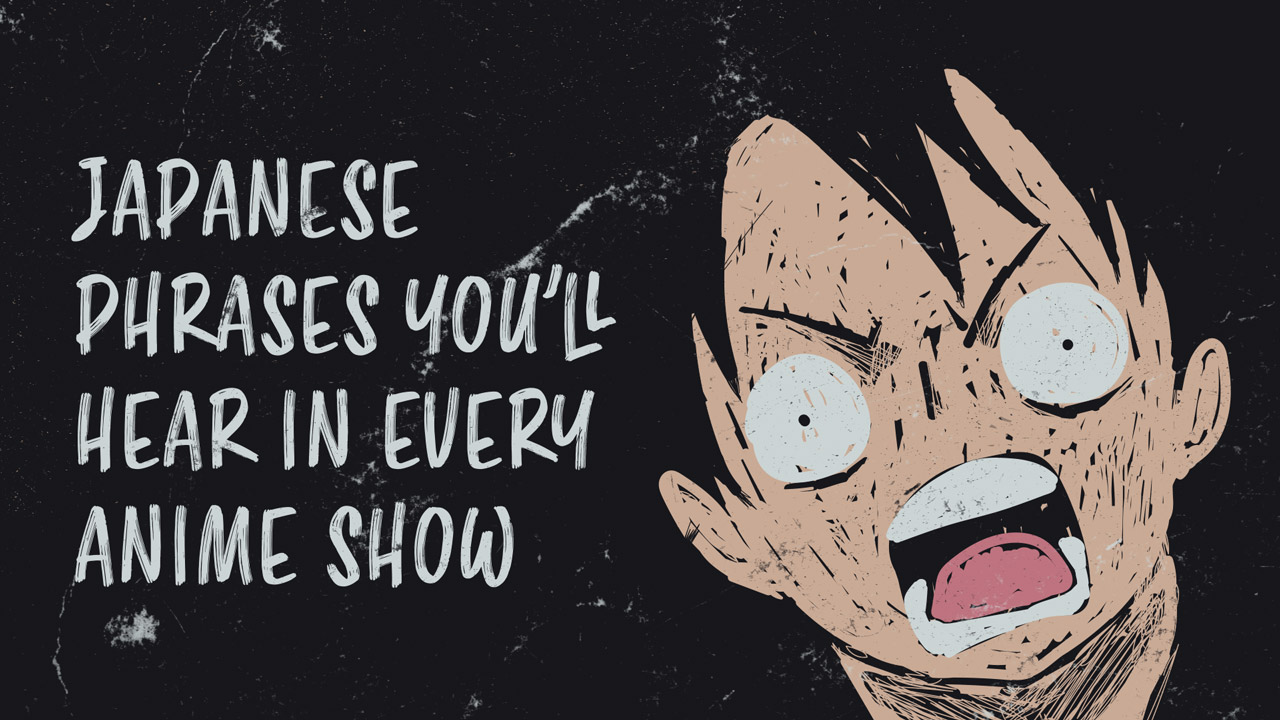
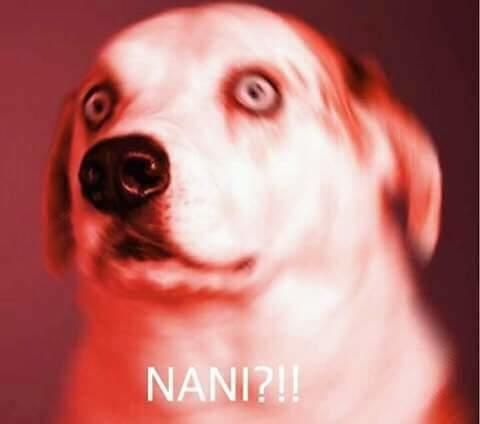
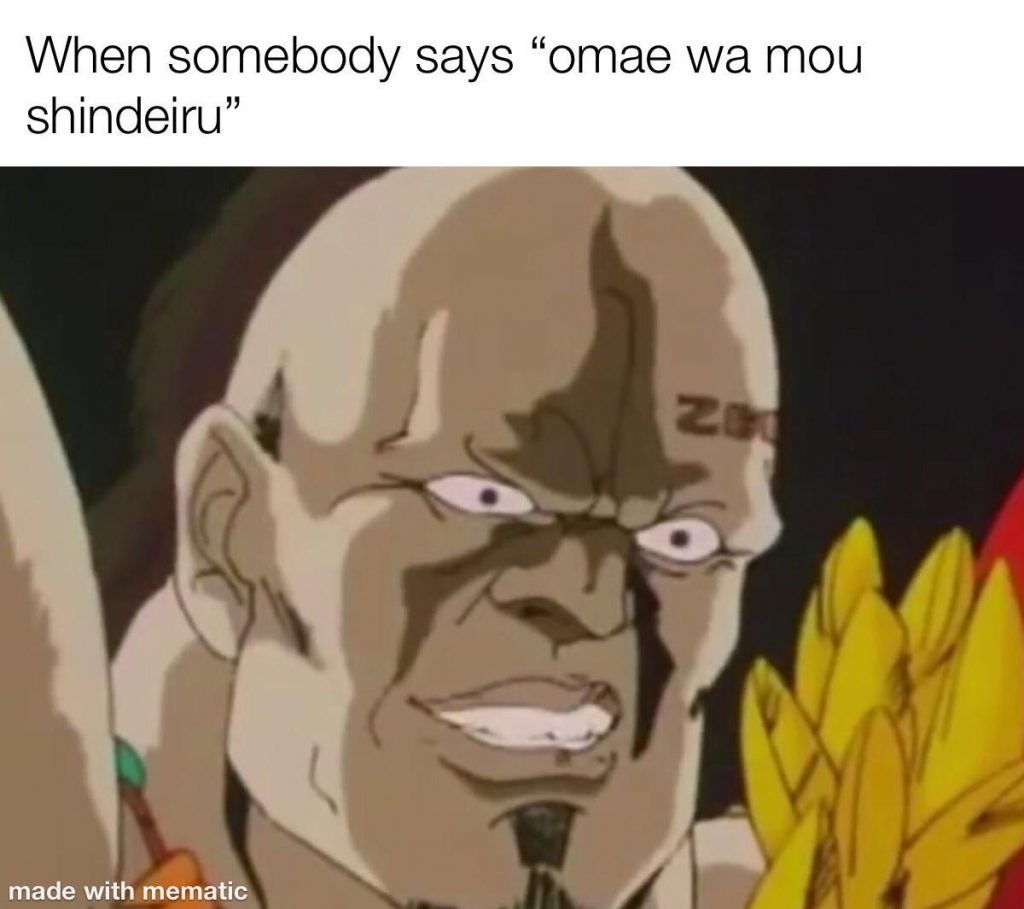
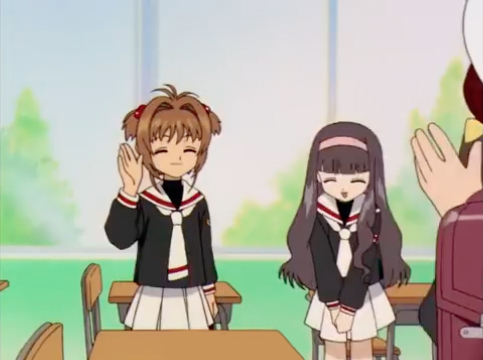
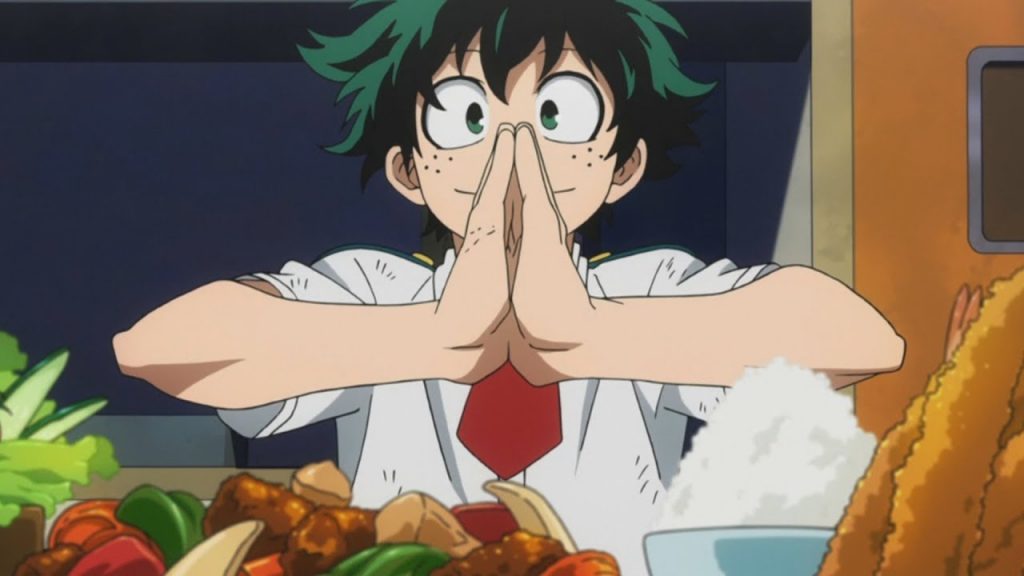
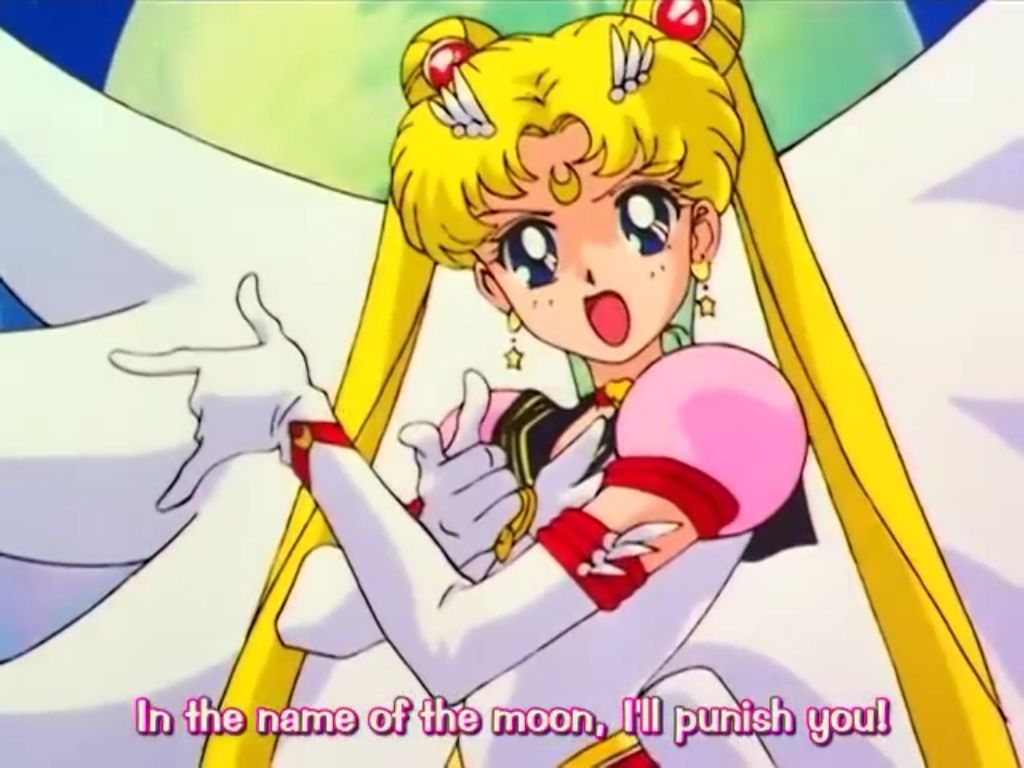
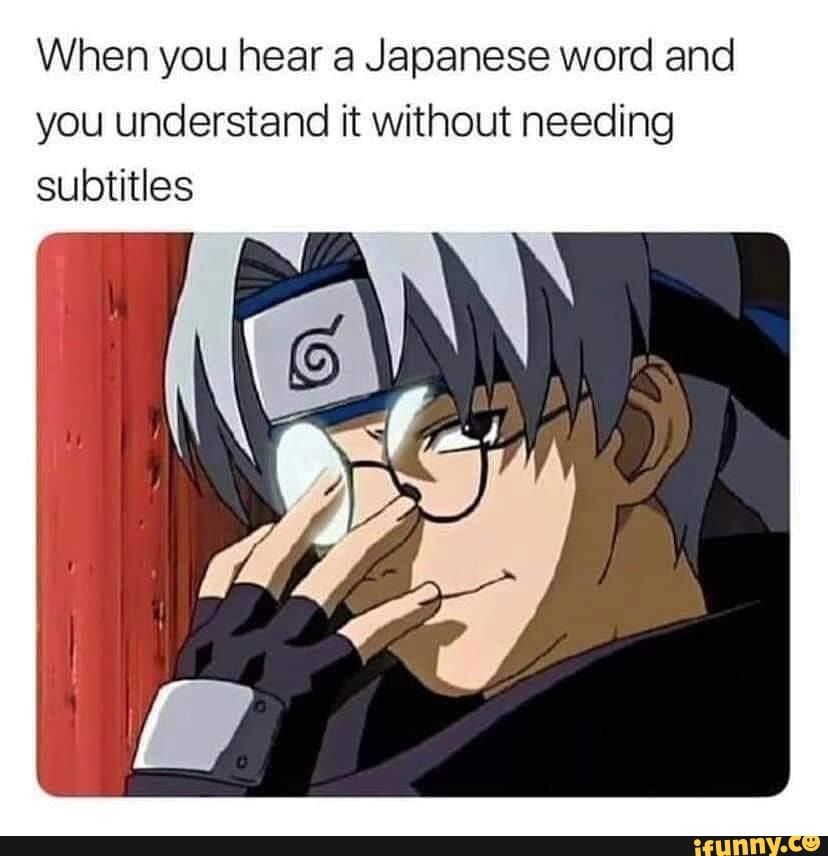

Social